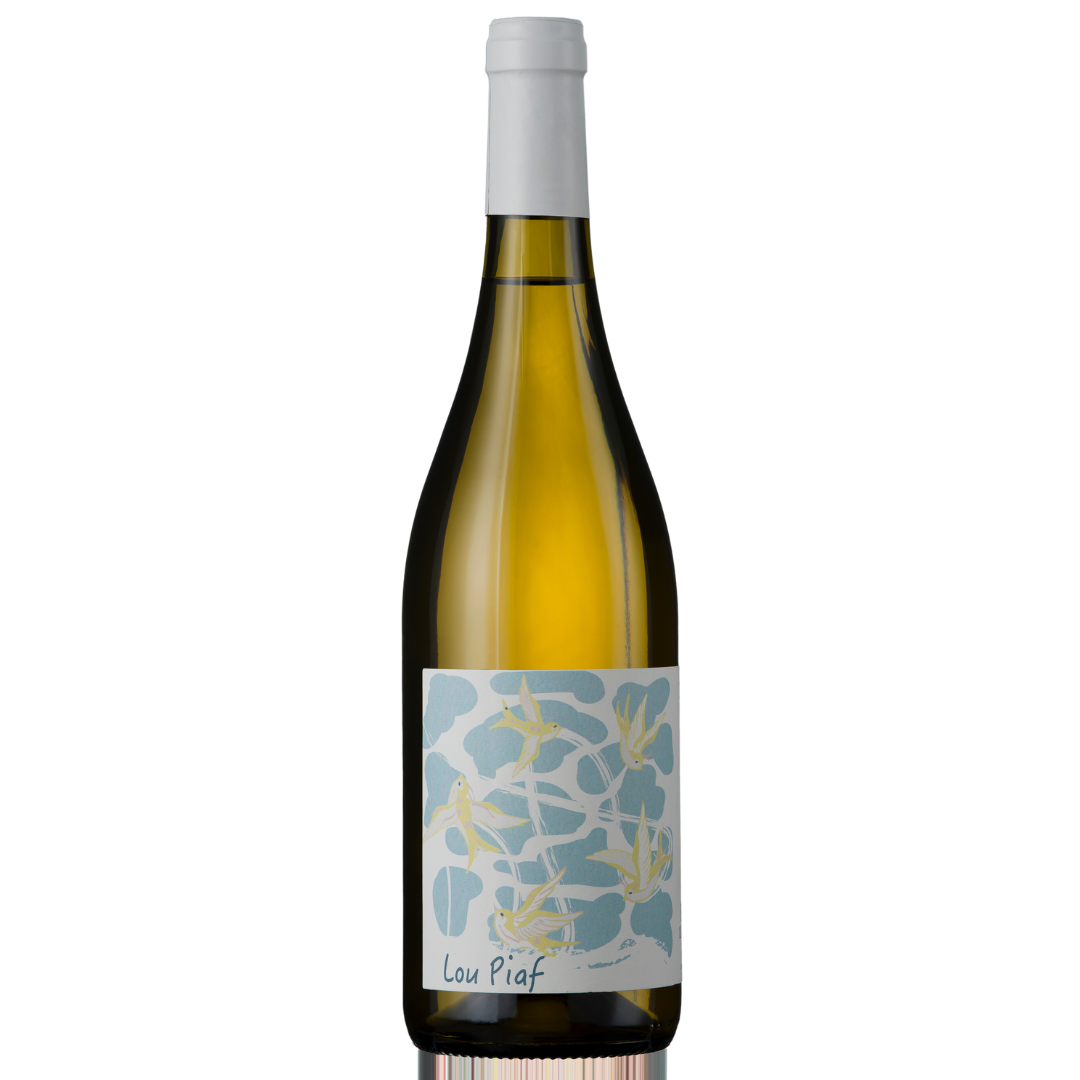The Science of Cheese and Wine
Formerly I was a cheesemonger and I was very lucky to work with a company that held at least 200+ artisanal cheeses, and did affinage (the art of finishing cheeses) onsite. The thing that blew my mind with the production of cheese, is that a bit like wine, there is basically one method, which upon being manipulated at different intervals of the process, can produce wildly different end results. As with all my passions I promptly executed a ‘deep dive’ into cheese, trying to understand all the history, culture and nuances that are part and parcel of a mostly stinky collection of edible delights. When it came to paring these little cheeses with different wines, which at first seemed like an impossible task, I soon came to learn that certain properties of certain cheeses paired best with wines that could complement or elevate the said cheese. There is a formula behind this, and this is what I would like to share with you today, specifically looking at the mighty Stilton.
THE SCIENCE OF CHEESE AND WINE
So why does red wine work so well with Stilton? (Watch out, here comes the science part....)
One of the fundamental reasons red wine and cheese complement each other so well lies in their shared flavour profiles. Hearty red wines with a robust and full-bodied character, such as our Tannat AOP, exhibit complex notes of dark fruits, spices, and earthy undertones. These flavours harmonize beautifully with the rich, savoury, and sometimes tangy flavours found in our beloved Stilton cheese.
Tannins also have a part to play in this perfect marriage. Tannins are a class of compounds found in grape skins, seeds, and stems. They contribute to the wine's structure, bitterness, and astringency. Interestingly, the fat content in Stilton can help counteract the astringency of tannins. The creamy texture acts as a natural buffer, softening the impact of tannins on the palate and enhancing the overall tasting experience.
But don’t forget, pairing wine with cheese is not just about matching flavours; it's also about balancing intensity. A bold, full-bodied red wine can stand up to the robust flavours of Stilton. Whereas, lighter reds, such as our Cartlidge & Brown Pinot Noir, may find their perfect match in milder cheeses like goat cheese or a young Gruyère. Achieving the right balance in intensity ensures that neither the wine nor the cheese gets overwhelmed, allowing each element to shine.
NOT A RED DRINKER?
A slightly mineral still wine, such as our Faugeres white, or the punchy and aromatic Lou Piaf, (both from SW France), could also stand up to the bold flavours, and cut through the creaminess of the cheese. There are also plenty of alternatives that will allow you to explore different winemaking techniques, such as a sweet wine like a sauternes, ice wine, or the more classic port. The residual sugar in this style of winemaking, balances the salty and acidic elements of Stilton.
So there you have it, the theory of why bold, hearty, tannin-driven reds work so well with our wonderful Stilton cheese, bound to make an appearance on your Christmas cheeseboard this year and every year! Get ahead of the crowds and order your perfect accompaniment with us. Don’t forget to download our recipe recommendation as well.





